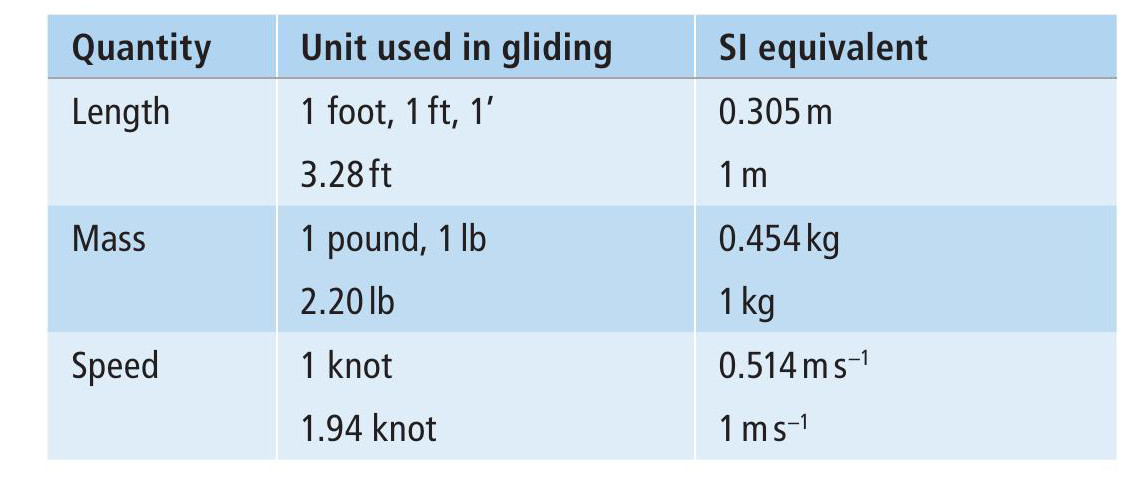
Resolving vectors is an important technique in A-level physics, and is useful in a huge variety of situations. We are going to work out the vector components of the forces acting on a glider. Before reading any further, it would be worth taking a moment to watch the following video of a glider launch: www.tinyurl.com/PRvectors. Pay particular attention to the winch cable and the angle at which it is in relation to the glider.
Gliding uses a variety of conventions and non-SI units when it comes to measuring height, speed and so on. As a bit of practice for handling data, I will leave it up to you to convert the values I use to values that you are more familiar with. Table 1 contains some useful information for conversions.
Your organisation does not have access to this article.
Sign up today to give your students the edge they need to achieve their best grades with subject expertise
Subscribe




